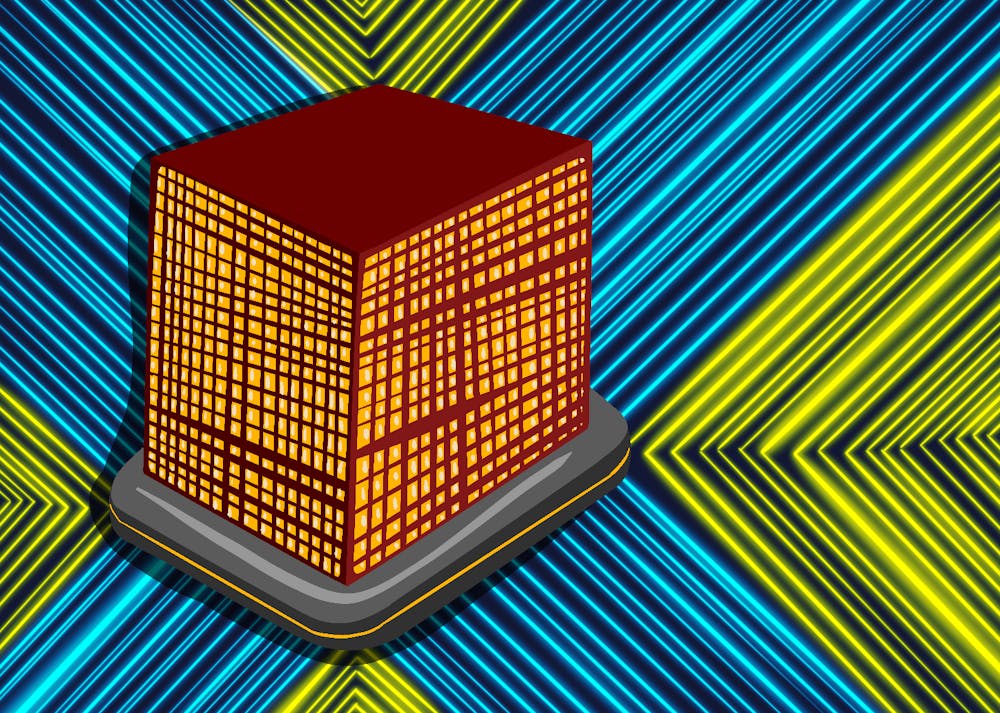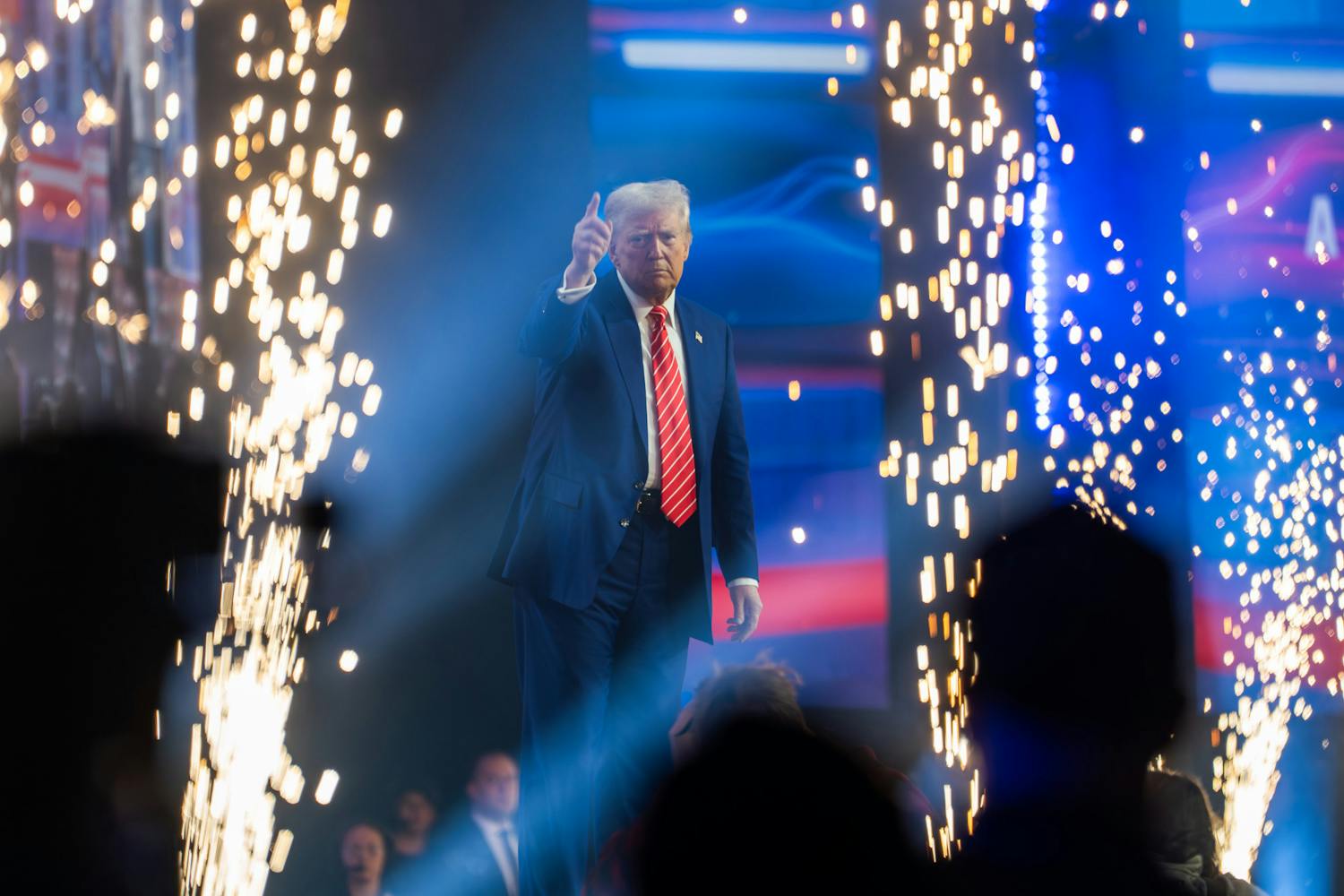In a bold step toward the future of electrical engineering education, ASU has introduced a dedicated quantum computing pathway within its electrical engineering major.
This innovative pathway is poised to provide ASU students with an unparalleled educational experience, offering a unique blend of traditional electrical engineering knowledge and cutting-edge quantum computing technologies.
"Right now, we are at the kickoff stage (as we) call it, where we add successively more parts to the pathway program," said Christian Arenz, assistant professor at the School of Electrical, Computer and Energy Engineering.
The pathway officially started this semester with one class taught by Arenz, which is meant to establish the basic language of quantum mechanics before the students move into more specific quantum computing areas.
"The first class of the pathway I'm currently teaching is the EEE 394," Arenz said. "It's called quantum mechanics for quantum information science."
"But we also will have more technical electives such as quantum optics, for example," Michael Goryll, associate professor at the ECEE, said.
In classical computers, you have the binary language that consists of zeros and ones, which is translated in bits. In quantum computers, you have qubits, which can take both values simultaneously, speeding up the algorithm and mathematical processes happening in a computer.
"So it's not just that you get faster (results with quantum computers)," Arenz said. "No, you get much faster, in a sense that classical view would be incapable of solving these problems. Say, 10,000 years versus one second … we call it exponential speed-ups."
This fusion of classical and quantum knowledge sets ASU apart, preparing students to tackle complex engineering challenges.
"Quantum computing in ECEE takes advantage of the traditional background in electronics, solid-state and photonics, signal processing, and controls that are available in the standard curriculum," Konstantinos Tsakalis, Undergraduate Program Chair at ECEE, said.
Within the halls of ASU's electrical engineering department, a revolution is taking shape, propelling students into a future where quantum computing plays a pivotal role in shaping the technological landscape.
In essence, the pathway program represents a forward-thinking approach, recognizing the transformative potential of quantum computing and the interdisciplinary collaboration required to harness it effectively.
"It has moved away quite a bit from physics, right? It was born in physics," Arenz said. "But now, you need several people from different disciplines — engineering, computer science, math — to make this work."
The pathway course in quantum computing embodies the idea that it shouldn't constrain students to a singular path but should offer them a multifaceted understanding of quantum computing.
"That's why we thought it's a great idea to create this pathway program," said Arenz.
The program's creation underscores the expanding relevance of quantum computing in today's world. Not only is it essential to develop entirely new technology, but also to understand how it could mesh with current advancements.
"The integration of new technologies with existing ones is essential in the development of successful new applications," Tsakalis said.
"(The processes) that we know work much better on quantum computers," Goryll said. "But then there is another area of research thinking, about how can we take the existing code base existing software and make a run on quantum computers."
The practical implications of this program extend far beyond the confines of academia. Given the current reach of traditional computing, quantum computing has the potential to revolutionize entire industries and reshape the technological landscape.
As students dive deeper into this educational journey, it becomes evident that they will have the unique opportunity to explore the forefront of technology while simultaneously grounding themselves in established engineering principles.
Ultimately, ASU's introduction of a quantum computing pathway within the electrical engineering major signifies a significant leap toward cultivating the innovators of tomorrow.
"The goal is really to set up students for the workforce demands that we see now, not just in industry and national labs, but also at university level," said Arenz.
As students embark on this transformative journey, they actively create the next chapter of electrical engineering history and explore limitless possibilities unlocked by quantum computing. With this pioneering spirit, they stand poised at the threshold of an era defined by boundless innovation, where the uncharted territories of the future await discovery.
Edited by River Graziano, Walker Smith and Grace Copperthite.
Reach the reporter at dmanatou@asu.edu.
Like The State Press on Facebook and follow @statepress on X.
Dimitra is a junior studying biomedical engineering and physics. This is her second semester with The State Press. She has also worked as a research assistant in Kirian Lab.




